IBM Creates New Fan Experiences using AI and Hybrid Cloud for First-Ever Spectator-less US Open
IBM has partnered with the United States Tennis Association (USTA) to enhance fan engagement for the US Open, which will occur without live audiences due to COVID-19. Utilizing artificial intelligence and hybrid cloud technologies, IBM introduces three innovative digital experiences: Open Questions with Watson Discovery, Match Insights with Watson Discovery, and AI Sounds. A recent survey indicates that 48% of sports fans find digital engagement increasingly important. The tournament runs from August 31 to September 13, 2020, and aims to connect fans worldwide through digital platforms.
- Introduction of AI-driven fan experiences to enhance engagement during the spectator-less US Open.
- Utilization of hybrid cloud technologies to facilitate seamless remote operations.
- Survey indicates a growing demand for digital experiences, particularly among younger audiences (Gen Z 64%, Millennials 61%).
- The US Open will be held without live spectators, limiting traditional fan interactions.
- The rapid deployment of new technologies in under 75 days presents execution risks.
Insights
Analyzing...
FLUSHING, N.Y., Aug. 28, 2020 /PRNewswire/ -- IBM, the digital partner of the United States Tennis Association (USTA) for 29 years, announced today innovative new fan experiences leveraging artificial intelligence (AI) underpinned by hybrid cloud technologies that will enable millions of fans around the world to experience the excitement and vibrant debate surrounding the iconic tennis Grand Slam, the first ever without fans on-site.
Experience the interactive Multichannel News Release here: https://www.multivu.com/players/English/8668652-ibm-creates-new-ai-fan-experiences-for-us-open/
A recent IBM sponsored survey of 2000 U.S. sports fans highlighted the importance of digital experiences during the COVID-19 pandemic. Nearly half (
New Fan Experiences, Shift to Fans Everywhere
In partnership with the USTA, IBM developed three unique and new tennis-based digital experiences. Two of the new solutions are based on Natural Language Processing (NLP) capabilities from IBM Watson, pulling from a variety of data sets and running workloads on multiple clouds. At IBM, NLP is critical to AI for business because it enables interpretation of the trends and insights hidden within large amounts of data - including charts, tables, PDFs, images and more. The new solutions were developed by IBM iX, one of the world's largest digital design agencies, and are available on Official US Open platforms, including USOpen.org and the US Open app. A team of IBM iX experts in design and technology collaborated virtually with the USTA digital team, utilizing the IBM Garage Methodology to co-create the new fan experiences and fast-track their deployment.
The new solutions and the technology powering them include:
- Open Questions with Watson Discovery: To give fans a way to engage remotely in iconic sports rivalries, IBM will facilitate several debates among fans on USOpen.org. Starting with a question on hot tennis topics such as "Is Billie Jean King the most influential tennis player in history?", IBM will use the NLP capabilities in Watson Discovery to analyze millions of news and sports sources for insights. That unstructured data will be analyzed, summarized and ultimately delivered as pro and con arguments using IBM Research technology. Fans will also be able to share their opinions on the debates, and engage on topics they are passionate about.
- Match Insights with Watson Discovery: Fans can become instant "experts" about the players and the tournament match-ups with new AI-powered insights ahead of each match. Match Insights with Watson Discovery uses NLP technology to search for and understand millions of articles, blogs and thought leaders leading into a match, to gather the most relevant information. The solution uses Natural Language Generation technology from IBM Research to translate structured data - like statistics from prior matches - into narrative form, so fans can get fact-based insights on the players and their opponents ahead of match play.
- AI Sounds: Among the challenges the USTA faced this year was how to recreate the sound of fans inside the stadium. IBM leveraged its AI Highlights technology to recreate crowd sounds gleaned from hundreds of hours of video footage captured during last years' tournament. In past years, AI Highlights used Watson to digest video footage and rank the excitement level of each clip to compile a highlight reel in near-real time and classify specific crowd reactions, including the crowd roar, to give each clip a crowd reaction score. This insight will be used this year to dynamically serve up those sounds based on similar play from last year. The AI Sounds tools will be available to the production teams in-stadium and at ESPN.
Underpinned by Open Hybrid Cloud
The new fan experience solutions pull from a variety of data sets and APIs running on IBM public cloud and on private clouds. To handle the variety of different workloads required, the USTA is using Red Hat OpenShift to enable a seamless experience across multiple public and private clouds. This hybrid cloud architecture gave the USTA's digital operation the flexibility and hyper-scale it needed to quickly embrace remote work while maintaining productivity and ensuring the highest commercial level of data security.2 A hybrid cloud architecture will enable remote operations to function seamlessly. For example, the USTA statisticians who would normally be courtside, providing stats for each point live, will now be offsite watching each match on low-latency feeds and will still be able to deliver game stats as if they were onsite.
Agile development leads to faster design, testing, deployment
On June 17th, just 75 days before the start of match play, the announcement was made to hold the tournament without fans on-site. As the technology partner of the USTA, IBM had less than twelve weeks to conceive, develop, test and deliver new digital experiences for fans. IBM's hybrid cloud architecture with Red Hat OpenShift provided the operational agility and flexibility necessary to quickly develop new experiences powered by IBM Watson's advanced NLP.
"COVID-19 brought disruption to sports as a whole, and the ability of fans to experience live sporting events has been heavily impacted in 2020. At the same time, the pandemic accelerated the need for engaging technologies using AI and underpinned by a scalable hybrid cloud," said Noah Syken, Vice President of Sports & Entertainment Partnerships, IBM. "As the technology partner to the USTA, we transformed our offerings to meet tennis fans where they are this year - experiencing the sport through the US Open digital properties everywhere."
"US Open digital properties will deliver the tournament to millions of fans around the world, and this year, IBM's new digital experiences will bring more data-driven player insight than ever before," said Kirsten Corio, Managing Director, Ticketing, Hospitality and Digital Strategy, USTA. "Our digital properties and interactive fan experiences have led the way in engaging tennis and sports fans, and we know this year that's more important than ever. We've shifted our platforms and experiences to engage with fans everywhere in this new virtual-only environment."
The US Open runs from August 31 through September 13. To see the technology in action, visit USOpen.org, or on your mobile device via the US Open app, available in the Apple and Android app stores.
CONTACT:
Angelena Abate
646-234-8060
Angelena.Abate@IBM.com
1 Morning Consult and IBM Sports and Tech Survey: Survey responses from 2000 US Sports fans. July 2020
2 The Federal Information Processing Standard (FIPS) Publication 140-2 is a U.S. government computer security standard used to approve cryptographic modules. It is issued by the National Institute of Standards and Technology (NIST). Level 4 is the highest level of security.
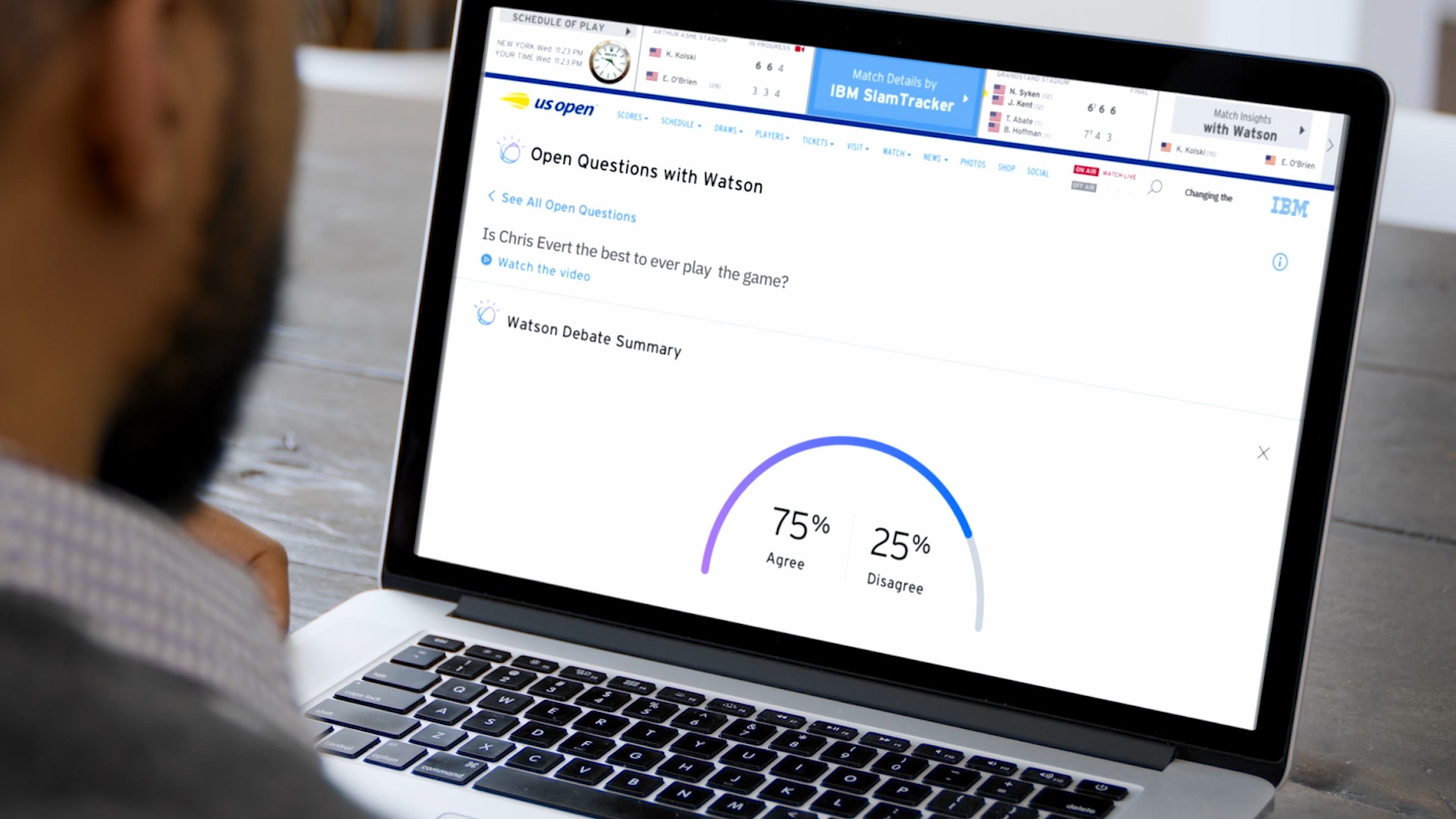
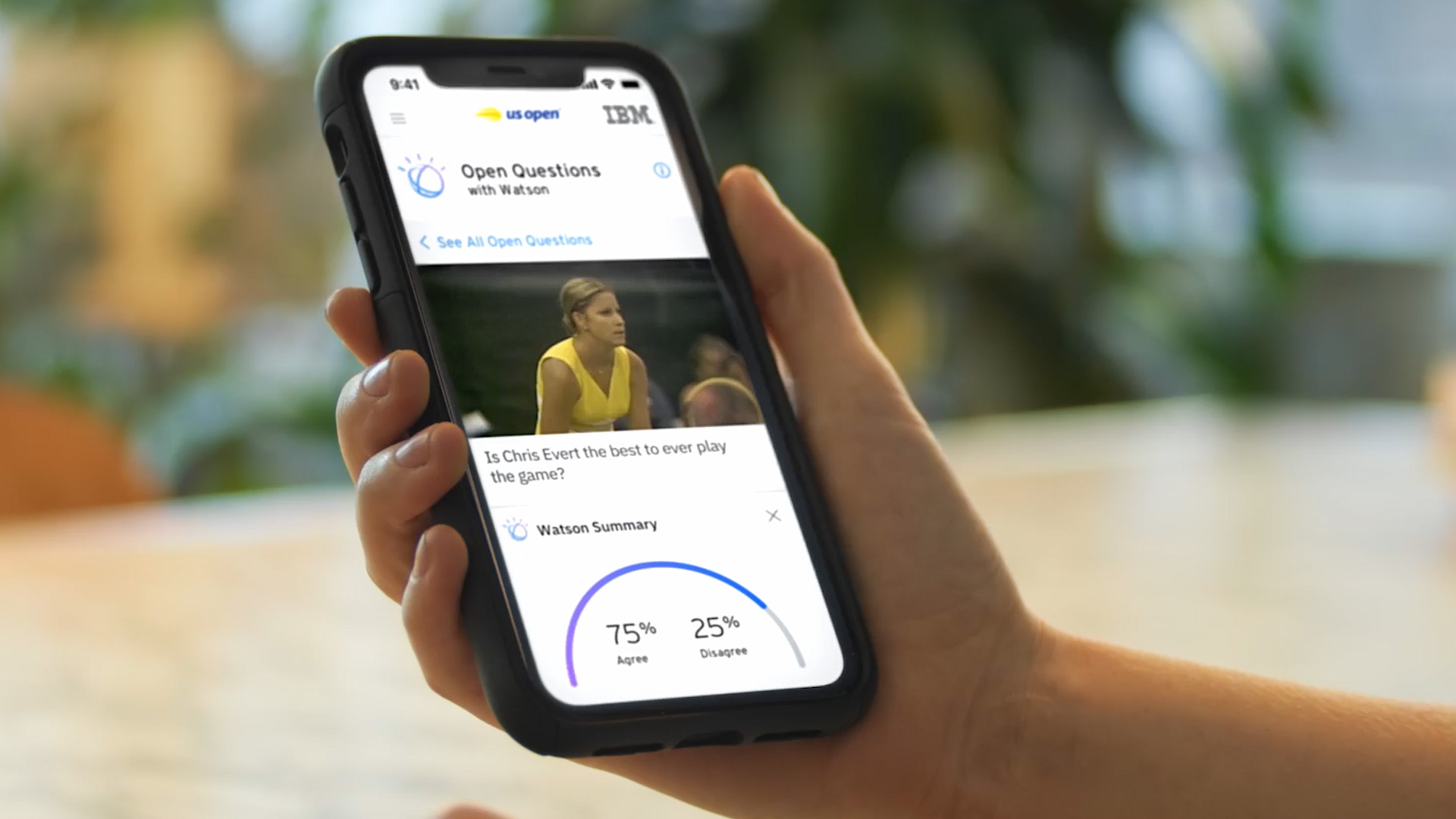
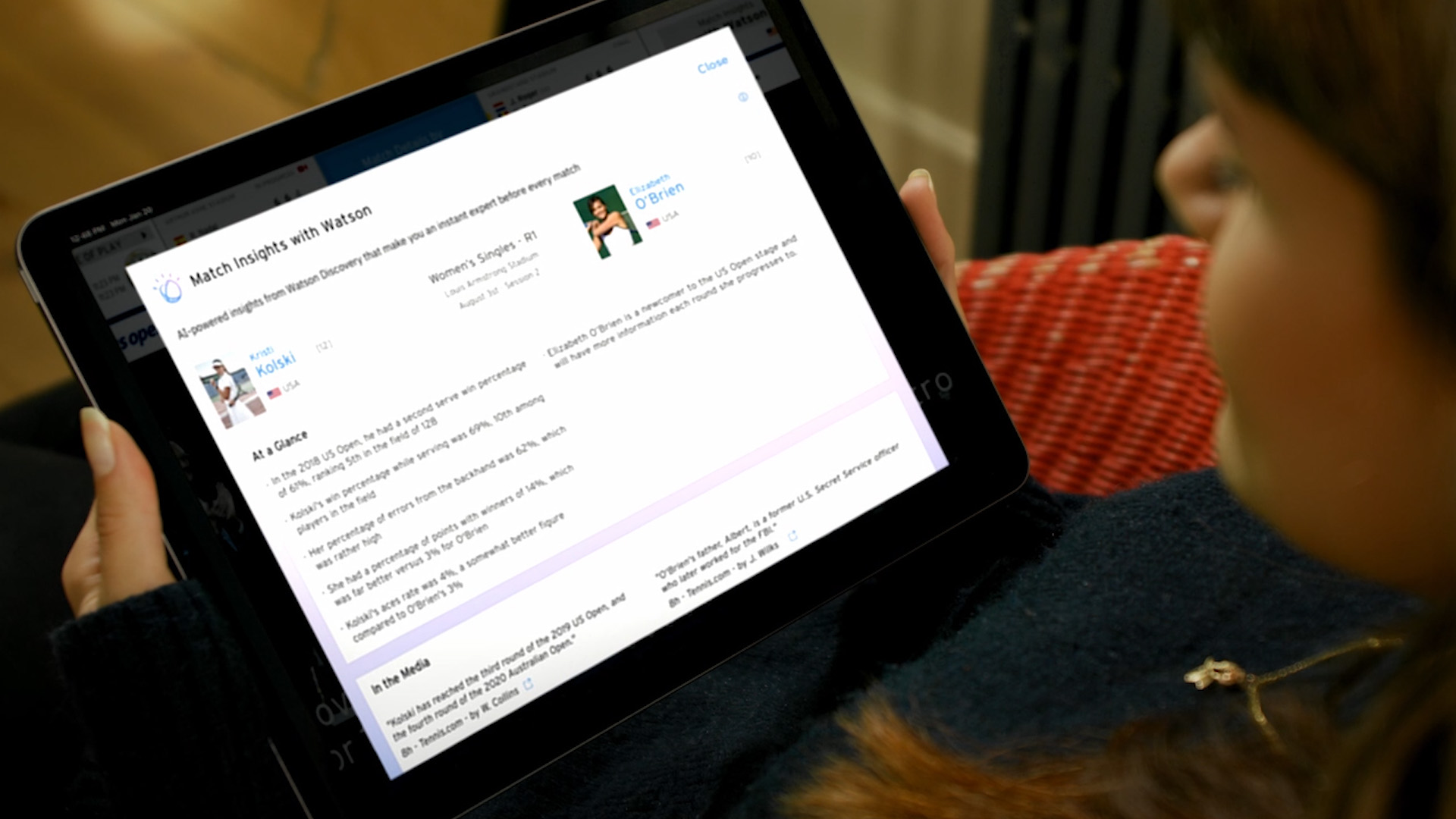
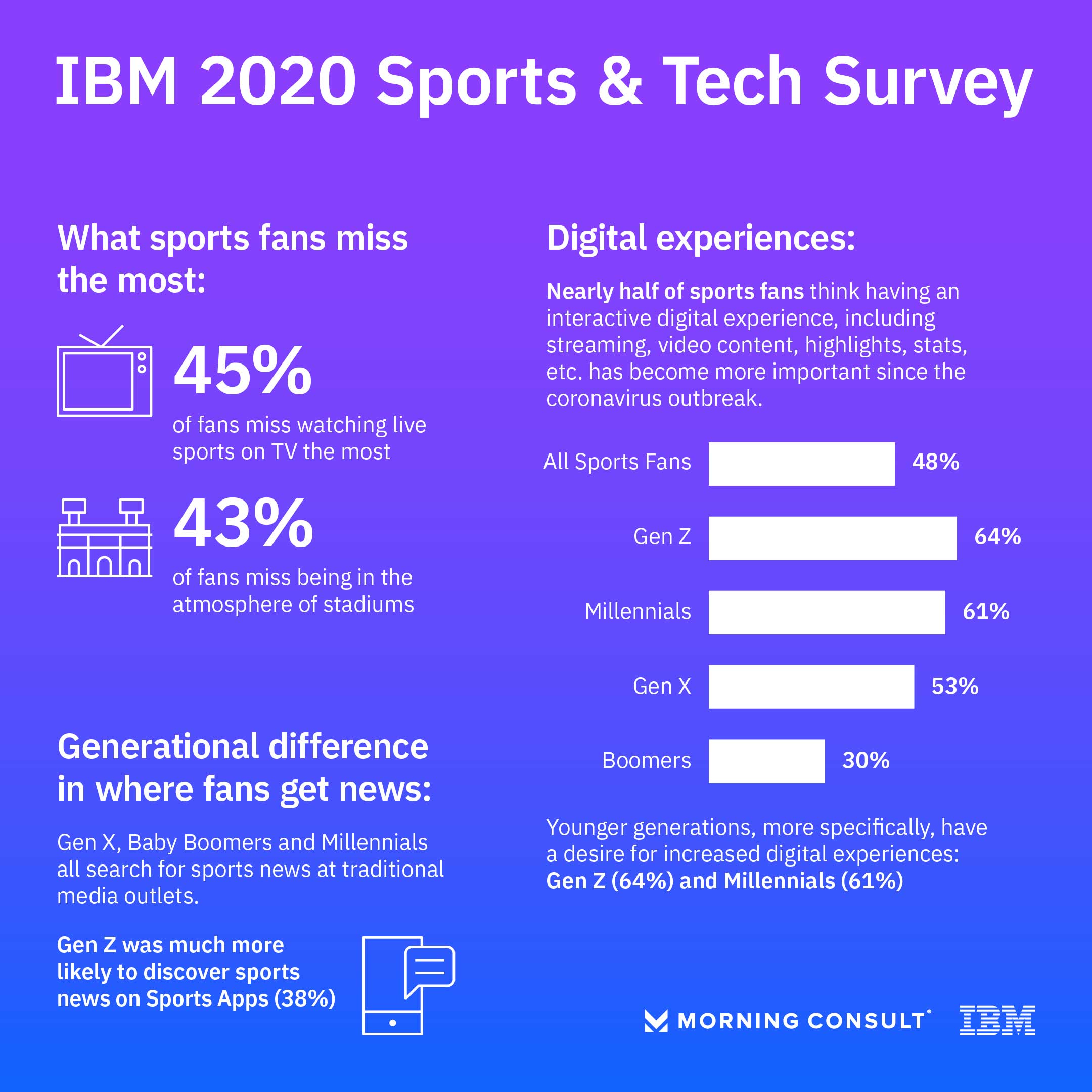
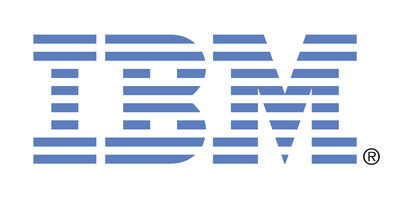
![]() View original content:http://www.prnewswire.com/news-releases/ibm-creates-new-fan-experiences-using-ai-and-hybrid-cloud-for-first-ever-spectator-less-us-open-301120402.html
View original content:http://www.prnewswire.com/news-releases/ibm-creates-new-fan-experiences-using-ai-and-hybrid-cloud-for-first-ever-spectator-less-us-open-301120402.html
SOURCE IBM







